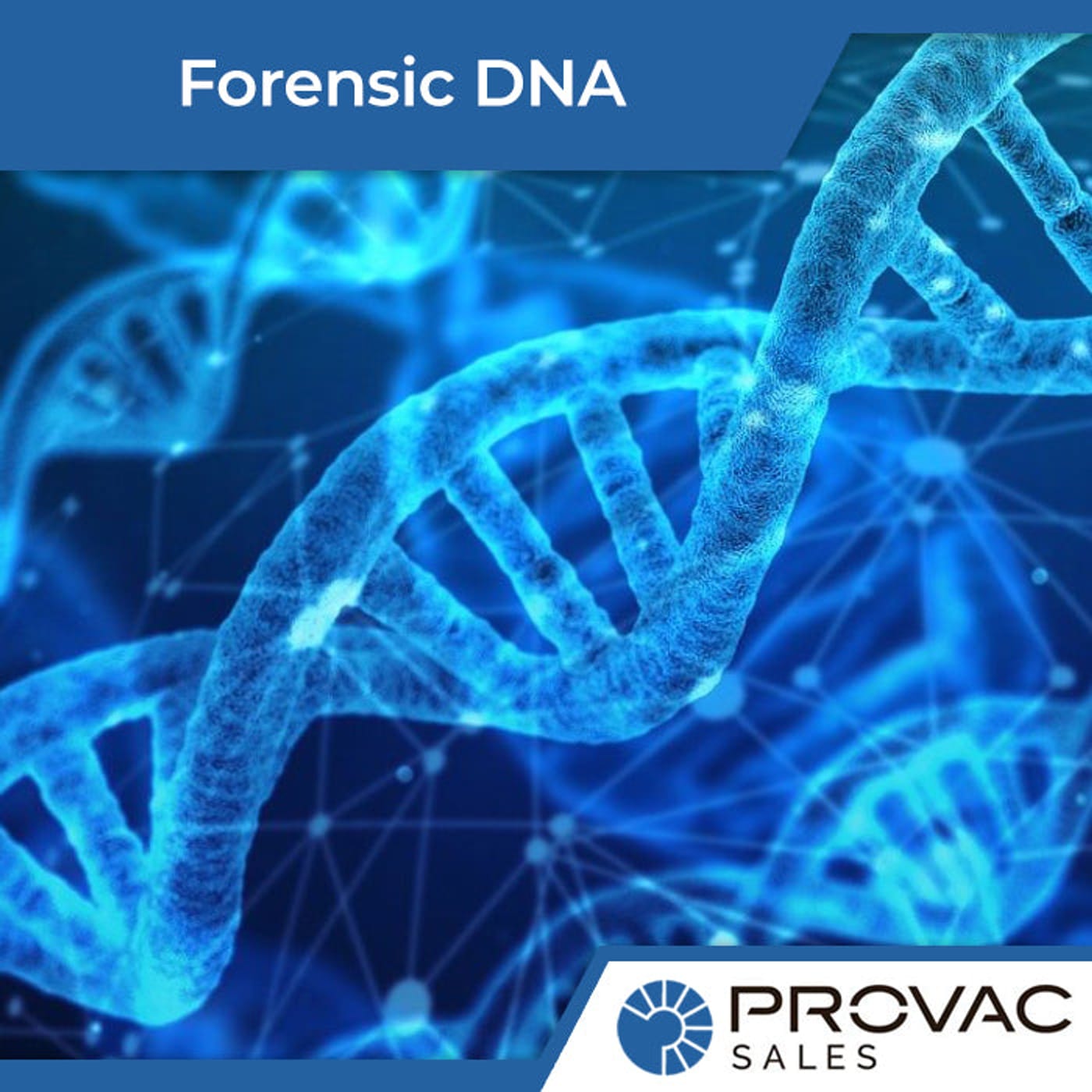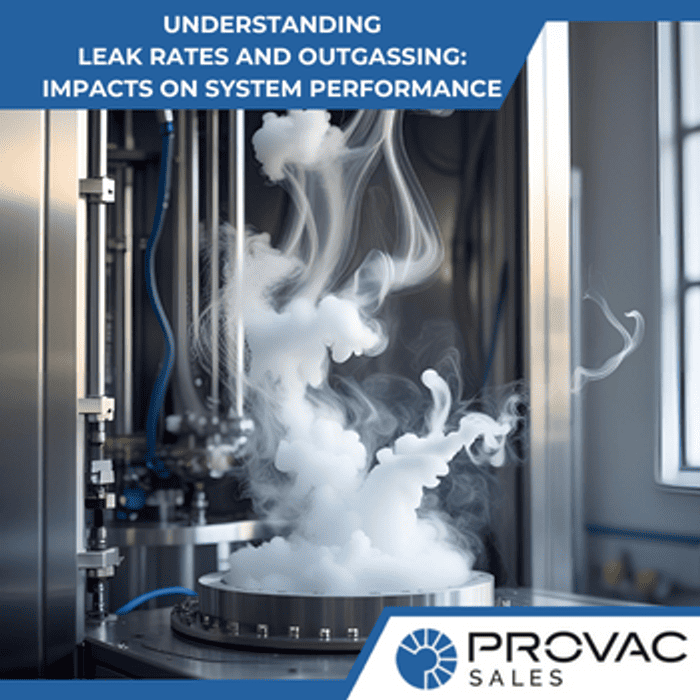Our favorite crime dramas would like us to believe that collecting DNA evidence is as easy as swabbing a random material with some cotton. Unfortunately, in the real world, DNA collection is rarely this simple. There are often only minute traces of DNA evidence on any given material. Furthermore, that material may be particularly rough or porous. That makes extracting the DNA from its surface nearly impossible. And what little DNA is gathered may be inconclusive.
The question is, "how are forensic experts reliably collecting DNA from difficult surfaces?". The answer might surprise you.
Vacuum Technology Is The Solution
In recent years, experts have also found ways to utilize vacuums in a forensic setting as well.
Vacuums used for collecting DNA samples are quite a bit different from anything you would see around the house. They are also considerably more expensive as well. These are devices designed to extract the most minute amounts of sensitive DNA. The same DNA that could be used to convict a murderer or acquit somehow who has been wrongly accused. It goes without saying that the vacuum must create a contaminant-free zone if it is to be effective.
For starters, the vacuums used for DNA collection are actually wet vacs as compared to the traditional dry vacuums that we use most often. Unlike a dry vac, a wet vac is designed specifically to suck up liquids and collect them in a containment area separate from physical debris. Very large wet vacs are fairly common in commercial cleaning applications. The wet vacs used for DNA collection are much smaller and far more sensitive.
How Does Wet Vac DNA Collection Work?
Wet vacs for DNA collection are still fairly new on the scene. As is, they currently have three primary functions in regards to forensics. Those functions are collection, discovery, and concentration. The first two functions operate nearly the same while the third is performed with additional equipment.
Collection is the most common and useful function performed. As the name implies, it is the actual process of collecting DNA samples from a given surface.
The first step is spraying the surface with a DNA-free collection solution. This liquid helps loosen the DNA from whatever surface is attached to without contaminating the scene. The spray is given only a moment to interact before the wet vacuum itself is applied.
The vacuum is created in the nozzle of the device. The moving force created in the nozzle are enough to break loose DNA and other particles that are trapped on the surface. The DNA and the solution are then sucked through the nozzle into a sterile collection tank. This can be applied to a variety of different surfaces which might otherwise be resistant to traditional techniques.
But what happens when you don't know exactly where DNA is on a specific object? Normally, this would make it near impossible to retrieve a DNA sample. It would require dozens, hundreds, or even thousands of swabs to cover the entire surface of a large object. For example, a rug, a chair, or a length of rope. Collecting DNA samples from these items without knowing exactly where the DNA is located would be like finding a needle in a haystack.
That's where the discovery process comes into play. A wet vac can be operated along the entire length of any object. You don't need to know exactly where the DNA is located. It's a lot like taking your time to vacuum the entire carpet in a room rather than cleaning a specific spot. It will definitely take more time but it is entirely possible. And it's much easier, faster, and cheaper than trying to swab every visible inch of the surface.
If there is any DNA on the surface, then the wet vac will break it down and pull it through the nozzle. All of that DNA will be gathered together in the sterile collection tank. From here, the forensic experts can proceed to the final stage of the process: concentration.
The support equipment is used in conjunction with the wet vac to filter and then concentrate all extracted DNA. This makes it possible to find fully useful and conclusive results from the smallest amounts of fabric.
The DNA will be removed from the filter at a certified forensic lab. From this point forward, it is processed in a similar fashion to other DNA samples.
This unique DNA collection method is already changing the way that experts view potential DNA samples at a crime scene. And it will undoubtedly continue to improve over the coming years as the technology is refined and becomes only more advanced.





